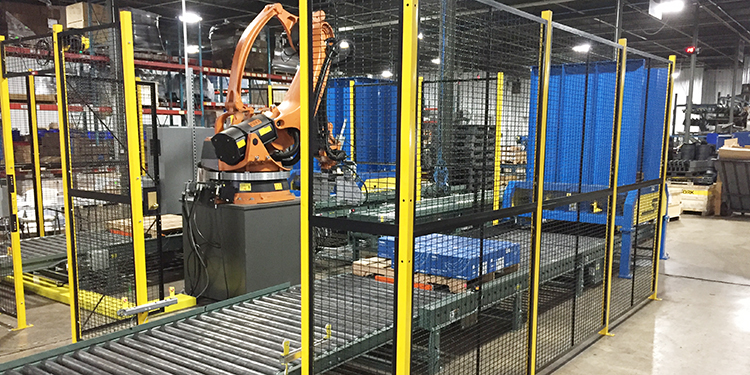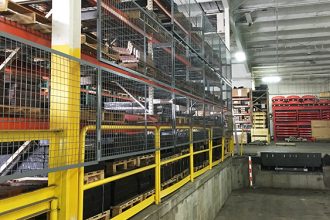Three Ways To Stay On OSHA’s Good Side

The Occupational Safety and Health Administration (OSHA) routinely investigates incidents ranging from on-the-job injuries to work-related fatalities, enforcing a variety of safety regulations and issuing fines for violations. Many of these violations are associated with a lack of fall protection and inadequate machine guarding, as well as insufficient training. To stay on OSHA’s good side by preventing such incidents from occurring, here are three recommendations from the members of the Protective Guarding Manufacturers Association (ProGMA):
- Regularly perform a facility risk assessment. Whether your operation is in manufacturing, warehousing, or distribution, it is important to routinely tour the facility to identify areas where the potential for a safety issue exists. These assessments can be performed by an internal safety team, or by engaging an outside professional — such as a third-party consultant or a protective equipment integrator or supplier. The most common areas of concern include:
- Elevated work platforms and pick modules that lack sufficient safeguarding around perimeters and openings in flooring for pallet drop areas. These should be protected by guardrails and gates to secure areas where the risk of a fall exists.
- Vertical reciprocating conveyors and automated or robotic work cells whose moving parts pose safety hazards to personnel who step too close to the machinery or are struck by objects falling from these systems. These areas can be secured with access restricting cages constructed of steel mesh panels.
- Walkways in close proximity to forklift traffic, increasing the risk of a collision. Pedestrian pathways can be delineated with guardrails that minimize the risk of a forklift entering a walkway, while preventing personnel from stepping outside the designated path.
- Storage rack, from which items may fall and harm associates working below. Adding netting or steel mesh panels to the backs and sides of pallet rack catches or stops products before they topple off the structure.
- Train, train, and train again. Conduct regular training of all employees, both seasoned and new, about how to remain safe in hazardous areas and how to be aware of potential dangers. This includes ensuring they know how to safely operate equipment, use personal protective equipment, and report accidents or unsafe situations that may arise during the course of their day.
- Learn from mistakes. If — in spite of your best efforts — an accident or injury occurs, take the opportunity to learn from the situation and use it as an opportunity to train personnel as a means to prevent the situation from occurring again.
Looking for more recommendations for ways to prevent injuries and keep your employees safe on the job? ProGMA offers a series of educational videos showing multiple areas within a facility where guarding systems should be used and how they protect personnel.



